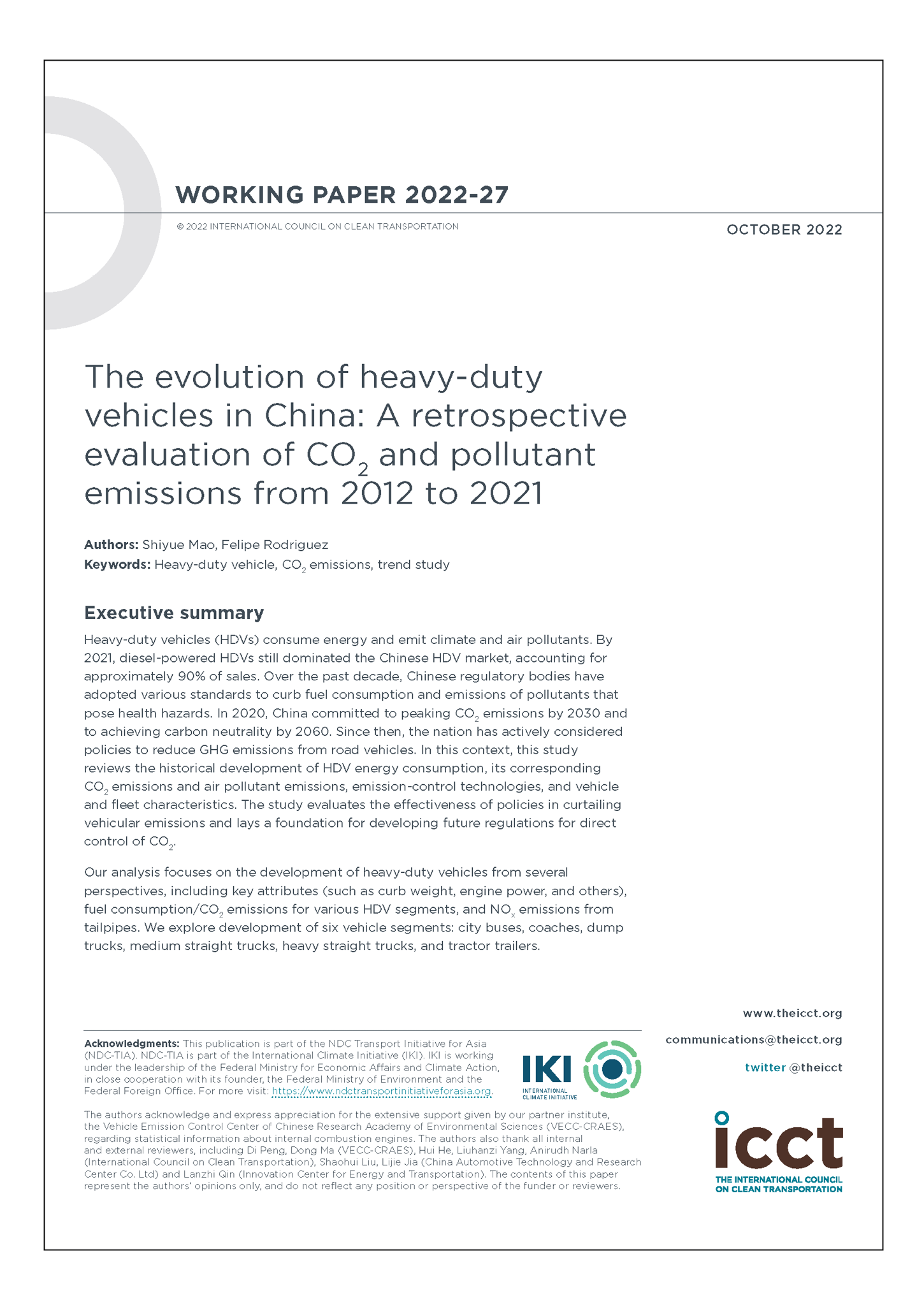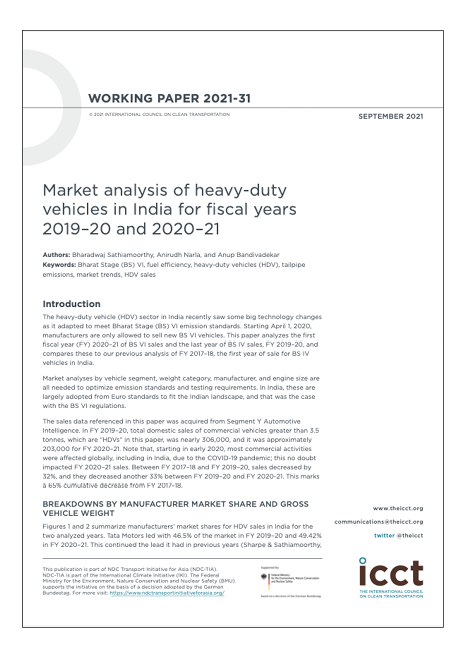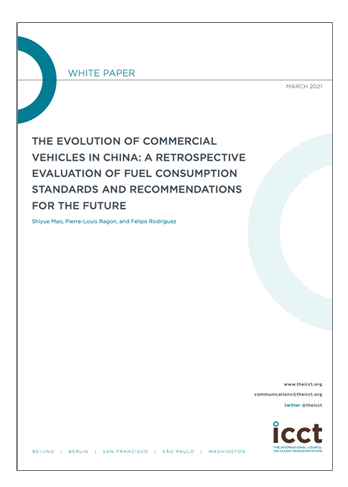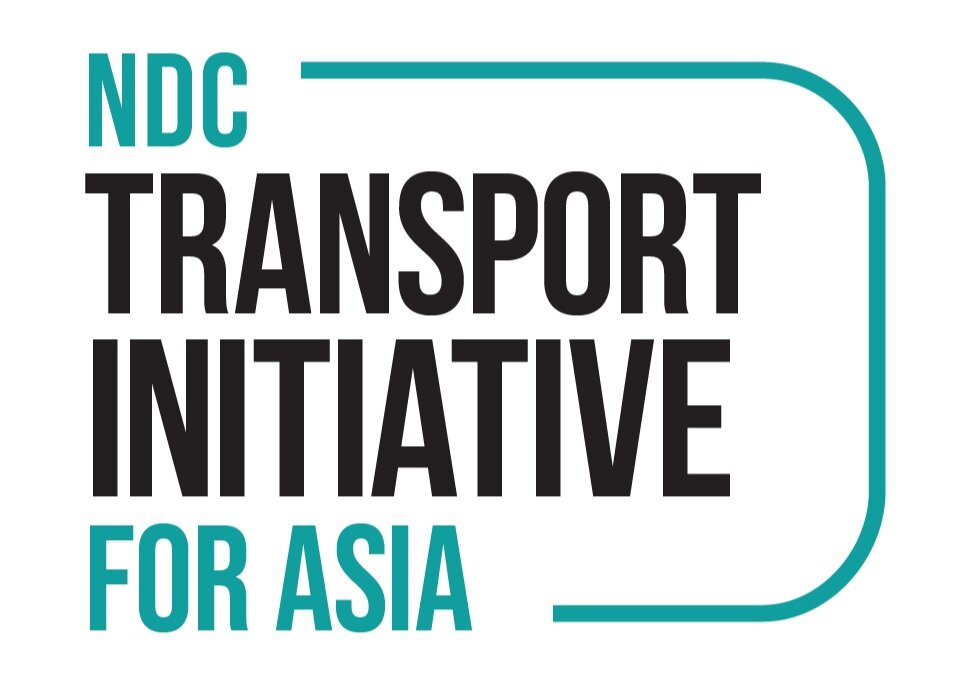Resources

Real-World Use Case for Zero-Emission Trucks: Market Review and Policy Suggestions for Guangdong Province
This working paper examines the zero-emission truck (ZET) market in Guangdong by focusing on promotion policies and technical specifications of top-selling models, and then estimates the total cost of ownership of a real-world use case for zero-emission dump trucks in Guangzhou and Foshan.

Pathways to Decarbonize the Road Transport Sector in Guangdong, China
This study developed three scenarios to stimulate decarbonization in Guangdong province, including promoting zero-emission vehicles, shifting to low-emitting modes of transportation, improving vehicle fuel efficiency, avoiding travel, and decarbonizing power/hydrogen generation.

The Evolution of Heavy-duty Vehicles in China: A Retrospective Evaluation of CO2 and Pollutant Emissions from 2012 to 2021
This paper evaluates the effectiveness of policies in curtailing emissions from heavy-duty vehicles in China over the 2012–2021 period and lays a foundation for developing future regulations for direct control of CO2.

Market analysis of heavy-duty vehicles in India for fiscal years 2019–20 and 2020–21
Market analyses by vehicle segment, weight category, manufacturer, and engine size are needed to optimize vehicle emission standards and testing requirements. In India, these are largely adopted from Euro standards to fit the Indian landscape, and that was the case with the Bharat Stage (BS) VI regulations that took effect April 1, 2020. The heavy-duty vehicle market saw some big technology changes to meet the new standards, and this paper analyzes the first fiscal year (FY) 2020–21 of BS VI vehicle sales and the last year of sales under the previous BS IV standard, FY 2019–20.

The Evolution of Commercial Vehicles in China: A Retrospective Evaluation of Fuel Consumption Standards and Recommendations for the Future
Although China is currently developing the fourth stage of its fuel consumption standards for heavy-duty vehicles (HDVs), an independent, ex-post assessment of the previous stages does not exist. By providing a quantitative appraisal of the effect achieved by previous stages of the standards, this study closes that knowledge gap.
